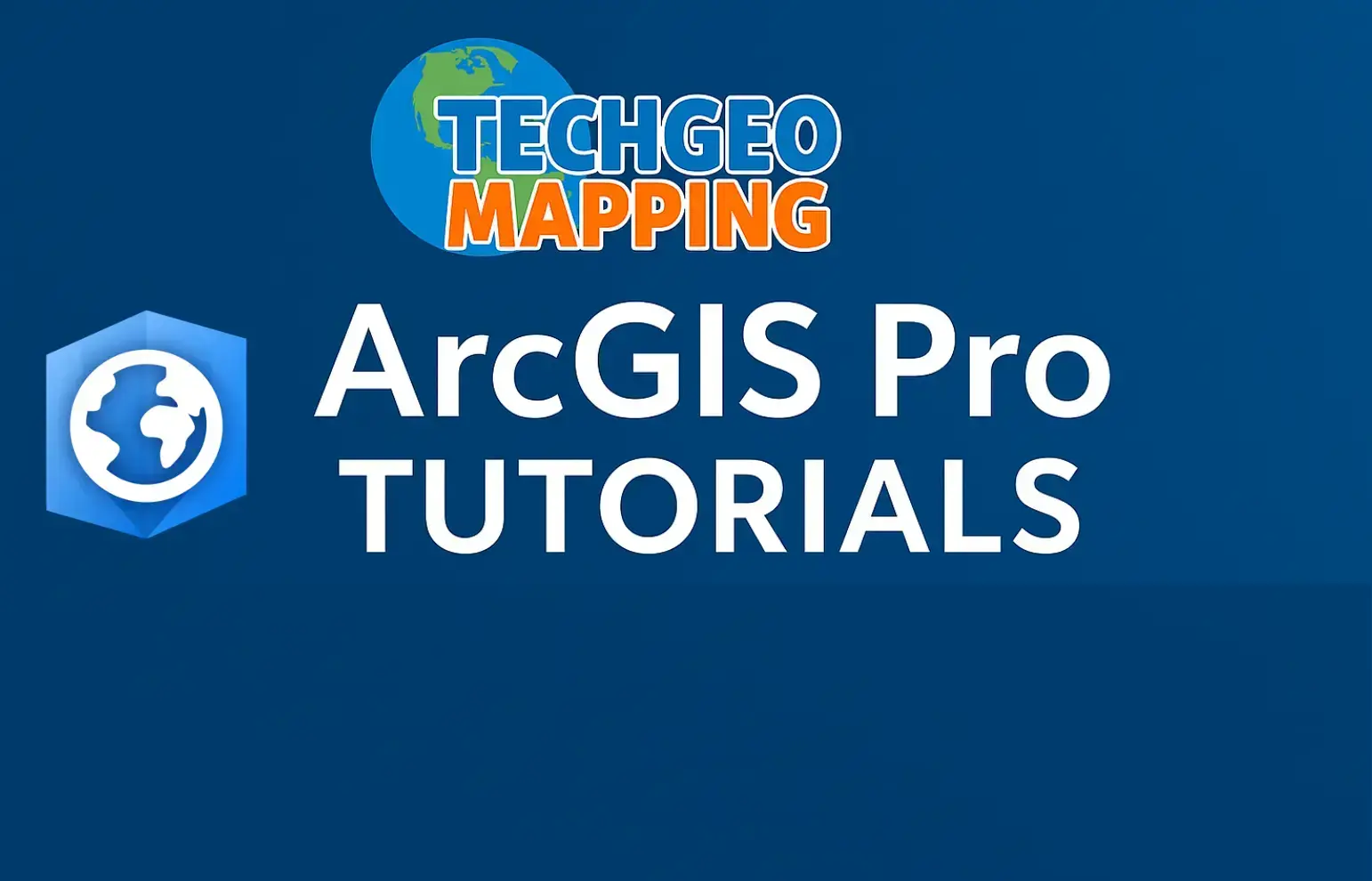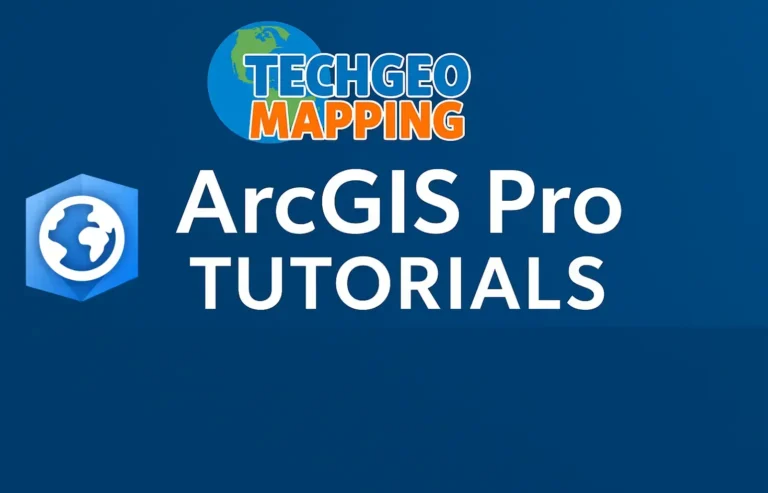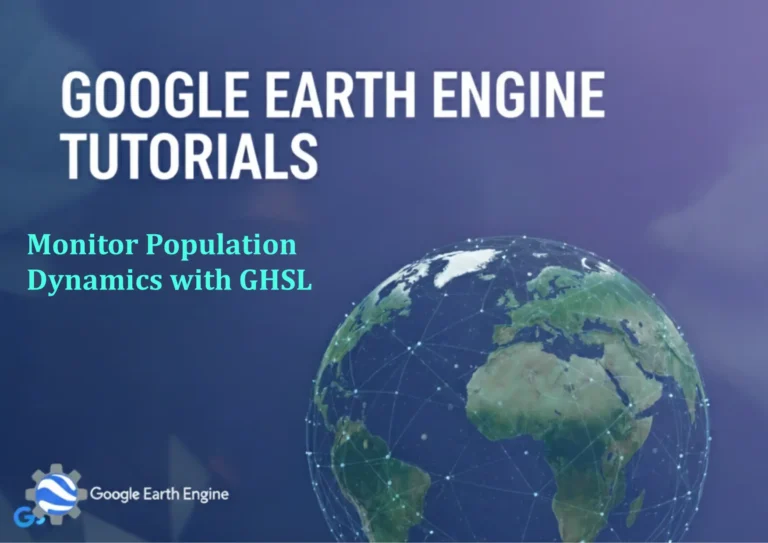ArcGIS Pro Tutorial: Georeferencing Hydrogeological Map in ArcGIS Pro
Credit: Youtube Channel “Terra Spatial”
You can see all the tutorials from here: Techgeo Academy.
ArcGIS Pro Tutorial: Georeferencing Hydrogeological Map
Introduction to Georeferencing in ArcGIS Pro
Georeferencing is a fundamental process in GIS that involves aligning spatial data to a known coordinate system. In the context of hydrogeological mapping, this technique is crucial for accurately positioning geological formations, aquifer boundaries, and water resource data within a real-world coordinate framework. ArcGIS Pro provides robust tools for georeferencing that make this process both precise and efficient.
Getting Started with Your Hydrogeological Map
Before beginning the georeferencing process, ensure your hydrogeological map is properly scanned and saved in a digital format such as JPEG, PNG, or TIFF. High-resolution scans (300 DPI or higher) are recommended for optimal accuracy. Open ArcGIS Pro and create a new project or open an existing one where you’ll be working with your georeferenced data.
Adding Your Map to ArcGIS Pro
- Click on the “Map” tab in the ribbon
- Select “Add Data” and browse to your hydrogeological map file
- The map will appear in your map view as a raster layer
- Initially, the map will not be positioned correctly and may appear anywhere on the map canvas
Opening the Georeferencing Toolbar
To begin the georeferencing process, you’ll need to access the georeferencing tools:
- Right-click on your hydrogeological map layer in the Contents pane
- Select “Georeference” from the context menu
- The Georeference tab will appear in the ribbon, providing access to all georeferencing tools
- Ensure that the “Raster Location” and “Target Layer” are correctly set
Selecting Control Points
Control points are the key to accurate georeferencing. These are recognizable features that exist both on your scanned map and in real-world coordinates. For hydrogeological maps, common control points include:
- Geographic landmarks such as river confluences or prominent peaks
- Grid intersections from coordinate systems shown on the map
- Town centers or major road intersections
- Survey control points or benchmarks
Adding Control Points
The process of adding control points requires careful attention to detail:
- Click the “Add Control Point” tool in the Georeference tab
- Click on a recognizable feature on your scanned hydrogeological map
- Enter the real-world coordinates in the pop-up dialog, or click on the corresponding location in your target coordinate system
- Repeat this process for multiple control points around the perimeter and throughout the map
- Use at least 4-6 control points for reasonable accuracy, but more points can improve precision
Best Practices for Control Point Selection
| Strategy | Description | Importance |
|---|---|---|
| Distribute Evenly | Place control points throughout the entire map area | High |
| Use Permanent Features | Select features unlikely to change over time | High |
| Check Accuracy | Zoom in to verify precise point placement | Critical |
| Avoid Edge Points | Place control points well within the map boundary | Moderate |
Transforming Your Map
Once you’ve added sufficient control points, you can transform your hydrogeological map:
- Review the residual errors displayed in the Control Points table
- Remove any control points with excessive error (typically >10 pixels)
- Select an appropriate transformation method from the Georeference tab:
- Adjust – for simple movements, rotations, and scaling
- Projective – for maps with perspective distortion
- Polynomial – for complex distortions (1st, 2nd, or 3rd order)
- Click the “Update Display” button to apply the transformation
Verifying Georeferencing Accuracy
After transformation, it’s essential to verify the accuracy of your georeferencing:
- Check that hydrogeological features align with known geographic features
- Examine the Root Mean Square (RMS) error in the Control Points table
- Zoom to different areas of the map to ensure consistent alignment
- Compare with other georeferenced datasets such as satellite imagery or topographic maps
Saving and Exporting Your Georeferenced Map
Once satisfied with the georeferencing accuracy, save your work:
- Click “Save As New” in the Georeference tab to create a permanently georeferenced version
- Choose an appropriate coordinate system for your project
- Select the output format (GeoTIFF is commonly used for raster data)
- Specify the output location and filename
- Click “Save” to create the georeferenced raster
Advanced Techniques for Hydrogeological Maps
Handling Distorted Maps
Historical hydrogeological maps often suffer from paper distortion or scanning artifacts. For such cases:
- Use higher-order polynomial transformations
- Consider using the “Rubber Sheeting” transformation for severe distortions
- Add additional control points in distorted areas
- Utilize the “Residual” column in the Control Points table to identify problematic areas
Incorporating Existing Geospatial Data
Enhance your georeferencing accuracy by leveraging existing spatial data:
- Overlay current basemaps to verify alignment
- Use existing hydrogeological datasets as reference layers
- Incorporate GPS coordinates from field surveys
- Utilize cadastral data for boundary verification
Troubleshooting Common Issues
- High RMS Error: Check for misidentified control points or inappropriate transformation method
- Misalignment in Specific Areas: Add additional control points in problematic regions
- Coordinate System Issues: Ensure all layers are using compatible coordinate systems
- Performance Problems: Reduce the number of control points or use lower transformation orders
FAQ
What is the minimum number of control points needed for georeferencing a hydrogeological map?
The minimum number depends on the transformation method used. For a simple affine transformation (Adjust), you need at least 3 points. For first-order polynomial, you need 3 points, and for second-order polynomial, you need 6 points. However, using more control points (minimum 6-8 for simple cases) generally results in better accuracy and helps identify outliers.
How can I improve the accuracy of my georeferenced hydrogeological map?
To improve accuracy:
- Use high-quality, high-resolution scans of your map
- Select control points that are clearly identifiable and permanent
- Distribute control points evenly across the entire map
- Use an appropriate transformation method for your map’s distortion
- Regularly check and remove control points with high residuals
- Verify alignment with known geographic features
What coordinate system should I use for hydrogeological mapping?
The choice of coordinate system depends on your project requirements and the region being mapped. For local projects, use a projected coordinate system appropriate for your area (e.g., UTM zones, State Plane Coordinates). For regional or continental studies, consider using geographic coordinate systems (latitude/longitude) or appropriate regional projections. Always ensure consistency with other datasets you’ll be using.
Can I georeference historical hydrogeological maps with significant distortion?
Yes, but it requires more sophisticated techniques. For significantly distorted maps:
- Use second or third-order polynomial transformations
- Apply rubber sheeting techniques if available
- Add numerous control points, especially in areas showing the most distortion
- Consider segmenting the map into smaller sections for individual georeferencing
- Accept that accuracy may vary across different parts of the map
What file formats are best for saving georeferenced hydrogeological maps?
GeoTIFF is the most widely supported format for georeferenced raster data. It embeds georeferencing information directly in the file. Other suitable formats include:
- JPEG 2000 with world files
- ERDAS IMG files
- ESRI GRID format
Avoid formats that don’t support embedded georeferencing information, as you’ll need to manage separate world files.
How do I handle maps that span multiple coordinate zones?
For maps spanning multiple zones:
- Choose a single, appropriate coordinate system for the entire map
- Consider using a custom projection that minimizes distortion across your area of interest
- Georeference the entire map in the chosen coordinate system
- Be aware that edge areas may have increased distortion
- Document the coordinate system choice for future reference
Conclusion
Georeferencing hydrogeological maps in ArcGIS Pro is a critical skill for hydrogeologists and environmental scientists. By following the detailed steps outlined in this tutorial and understanding the principles behind accurate georeferencing, you can successfully integrate historical and contemporary hydrogeological data into modern GIS workflows. Remember that accuracy in georeferencing directly impacts the reliability of subsequent spatial analyses and decision-making processes. Regular practice and attention to detail will improve your georeferencing skills and enhance the quality of your hydrogeological mapping projects.






